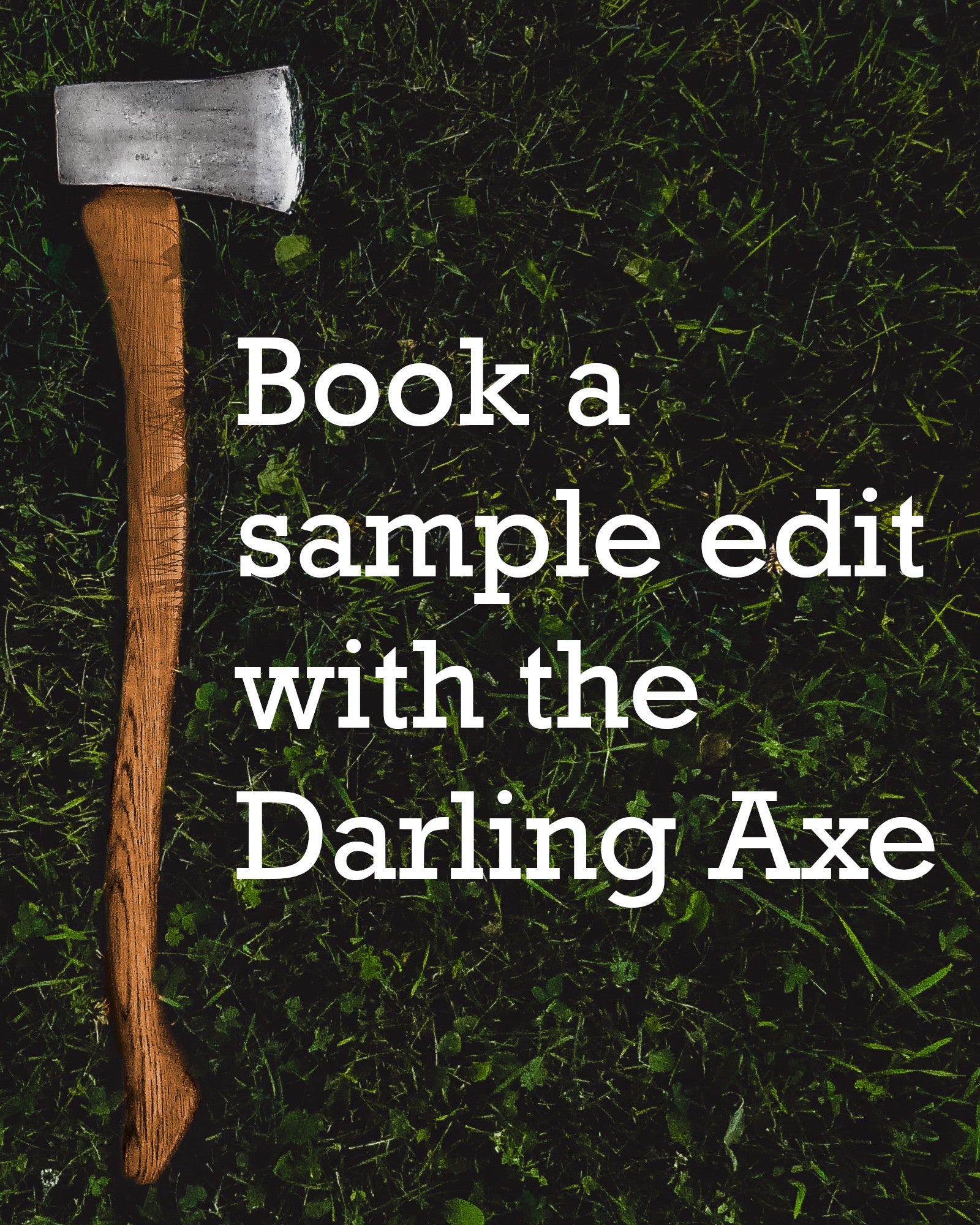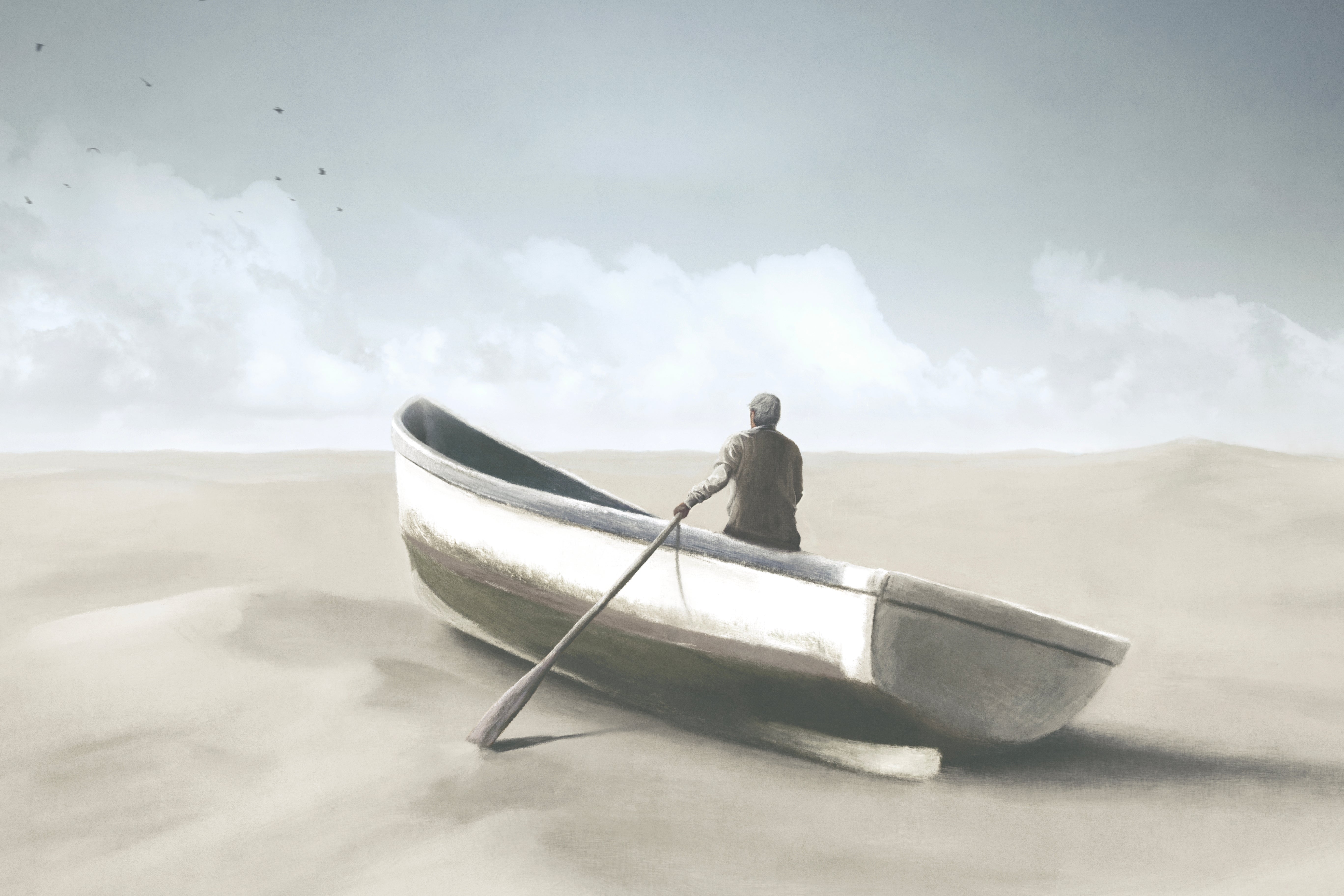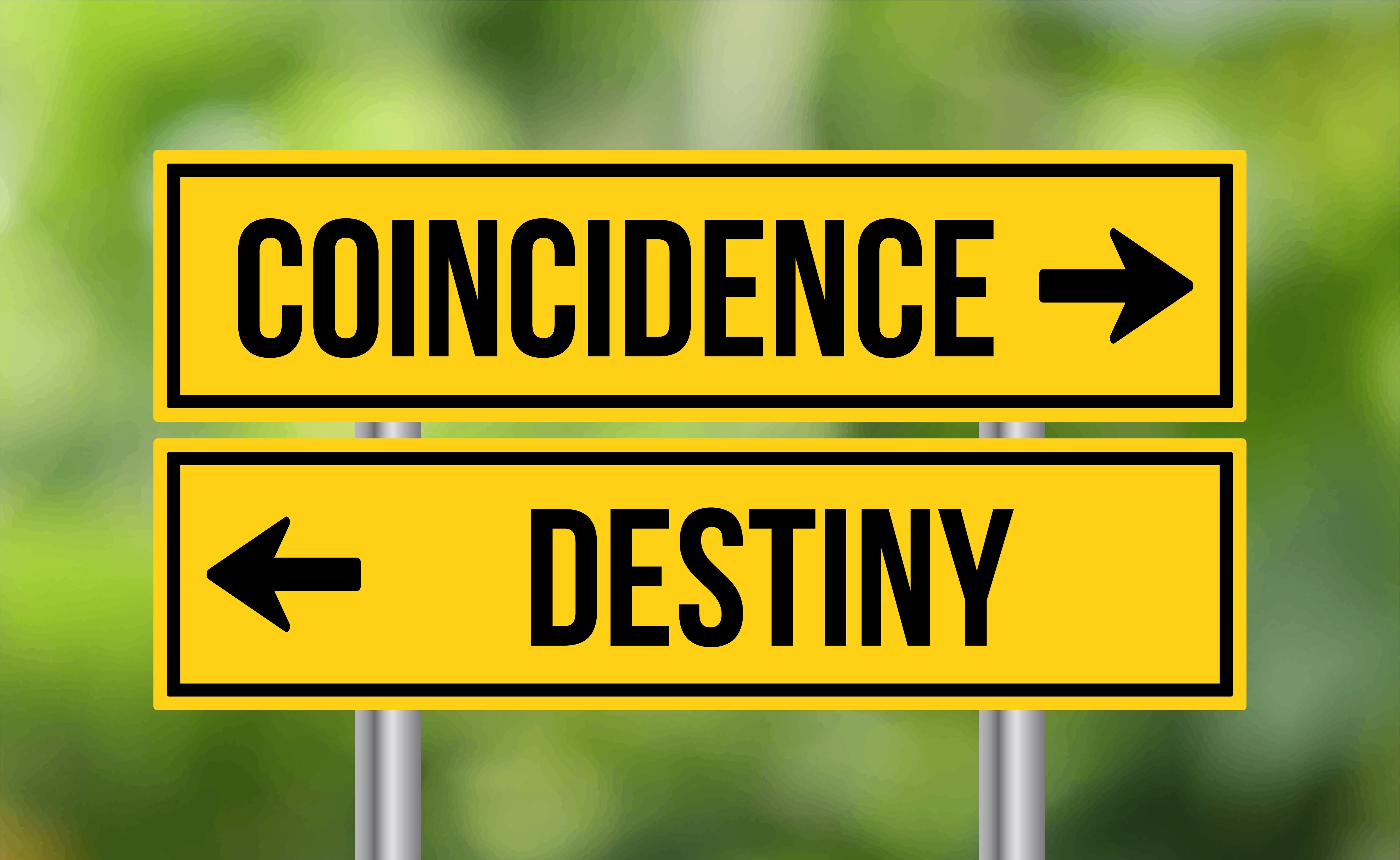Villain Protagonist: The Anti-Hero’s Cruel Cousin

By David Griffin Brown
We’re used to following flawed heroes. The ones who drink too much, push people away, lash out when they should reflect. We know what to expect. They'll stumble toward some kind of lesson—if not redemption, then maybe clarity.
But what happens when the character driving the story doesn’t want to be redeemed? What happens when the plot is built around someone we’d cross the street to avoid?
The villain protagonist isn’t an anti-hero who takes a few wrong turns. They are the one behind the steering wheel, pedal to the floor, pointing the car toward a cliff. And we’re on the sidewalk, wondering why we can’t look away.
Villain at the Helm
A villain protagonist is a character who drives the plot while dragging the story into darkness. This isn’t a hero with flaws. This is someone who lies, manipulates, harms, and maybe kills—and the story belongs to them. The structure follows their choices. The stakes rise because of their actions. And we, the readers, are stuck watching it all unfold.
Macbeth is a classic example. The witches light a match, and Macbeth pours on the oil. Once the crown is in sight, everything else becomes collateral damage—his friendships, his marriage, his sanity.
Same with Humbert Humbert in Lolita. Nabokov hands us one of the most repulsive narrators in literary history and then gives him a lyrical, self-mythologizing voice.
In Agatha Christie's And Then There Were None, for most of the novel, it’s unclear who—if anyone—is steering the ship. Ten strangers arrive on an island. One by one, they die. No sleuth, no hero, no obvious throughline. But in the final pages, Christie reveals a confession and a plan: Justice Wargrave, presumed dead, orchestrated everything from the shadows. He wasn’t just part of the story—he was its architect.
In all three cases, the central figure drives the plot forward with purpose. The structure belongs to them. And whatever revulsion we feel is tangled up in fascination.
Anti-Hero vs. Villain Protagonist: Where the Road Forks
An anti-hero is a protagonist who lacks heroic qualities—courage, idealism, morality—but still holds our attention and often our sympathy. They’re messy, cynical, evasive. They lie, lash out, self-destruct. But they’re not out to ruin others. They’re trying to make sense of a world that doesn’t reward virtue. Sometimes they grow. Sometimes they don’t. But their story still moves through a lens of conflict, not cruelty.
Holden Caulfield, in The Catcher in the Rye, wants to protect something fragile in a world he doesn’t trust. He fails, but the failure doesn’t make him dangerous. He’s trying to hold himself together.
Jay Gatsby, in The Great Gatsby, reshapes his identity in pursuit of a dream that was never really his to claim. He’s deluded, but he doesn’t drag others down for sport. His downfall is rooted in longing, not malice.
Anti-heroes tend to orbit around damage. Villain protagonists lean into it. And some characters walk the seam between the two.
Heathcliff in Wuthering Heights starts with a wound. He’s humiliated, cast aside, broken-hearted. For a time, we might call him an anti-hero. But he doesn’t stop there. He spends the rest of the novel destroying anyone tied to that early pain. Revenge becomes his entire personality.
Dorian Gray also drifts across the line. At first, he’s seduced by beauty and youth, coached into ego by Lord Henry’s worldview. But once he realizes he can escape consequence, he gives up pretending to be good. As he is corrupted, so is the portrait. By the end, he’s not avoiding temptation. He’s collecting sins like trophies.
These characters complicate the distinction. They remind us that not every story follows a neat moral trajectory. And sometimes, that’s the point.
Watching from the Sidelines
It’s not just that these characters drive the plot. It’s that we follow them into blood, obsession, and meticulously orchestrated murder. And we don’t look away. That raises a question: what are we, as readers, getting out of it?
Emotional draw is the quality of a narrative that keeps us locked in. These protagonists may be manipulative, cruel, or deluded—but they want something, and they want it badly. Their focus creates momentum. Their certainty pulls us along. We may recoil at their actions, but we don’t lose interest. We want to know what happens next.
Macbeth doesn’t hesitate—that’s what holds our attention. Humbert Humbert frames his depravity in such polished language that we’re caught between disgust and the compulsion to understand. Wargrave drops us into a house of guilt and dread, and we sit with the victims as their numbers dwindle. We feel their paranoia. We scan the room for suspects. We want them to survive, even though the killer has provided justification for their sentence.
That’s what makes the villain protagonist so potent—not just the harm they cause, but how completely they seize the narrative. They aren’t asking for sympathy. They don’t need us to like them. They just need us to keep watching. And we do.
Maybe that’s because, on some level, we recognize in them something of ourselves. These characters bring us close to the shadow side of human nature—what we’re capable of, what we’re afraid to admit. Stories like these let us look without flinching. They give us a safe place to confront the dark and walk away changed.

David Griffin Brown is an award-winning short fiction writer and co-author of Immersion and Emotion: The Two Pillars of Storytelling and Story Skeleton: The Classics. He holds a BA in anthropology from UVic and an MFA in creative writing from UBC, and his writing has been published in literary magazines such as the Malahat Review and Grain. In 2022, he was the recipient of a New Artist grant from the Canada Council for the Arts. David founded Darling Axe Editing in 2018, and as part of his Book Broker interview series, he has compiled querying advice from over 100 literary agents. He lives in Victoria, Canada, on the traditional territory of the Songhees and Esquimalt Nations.







